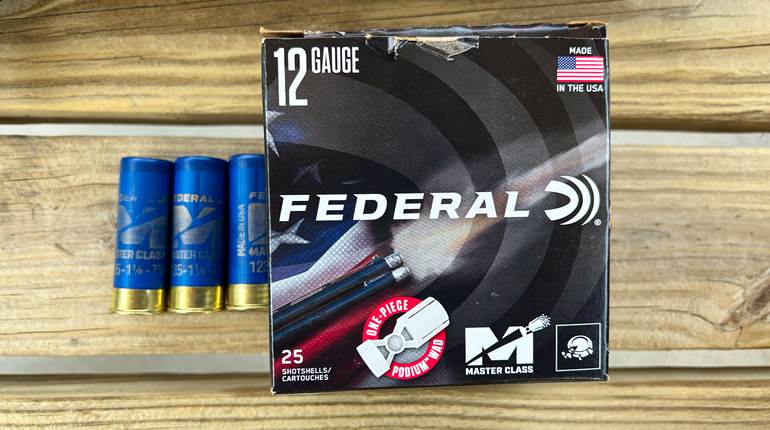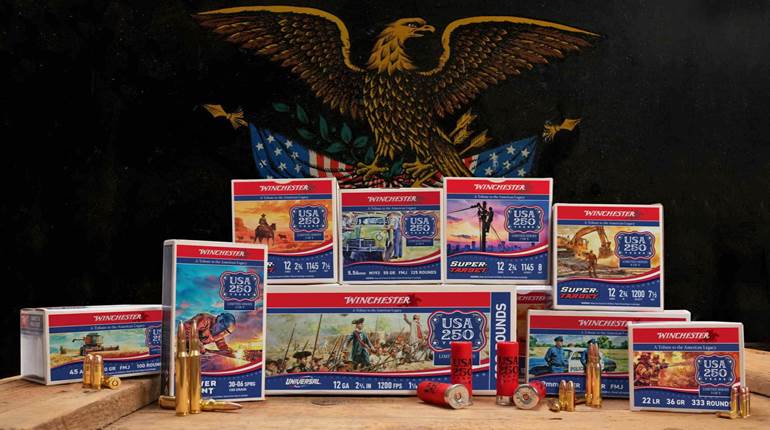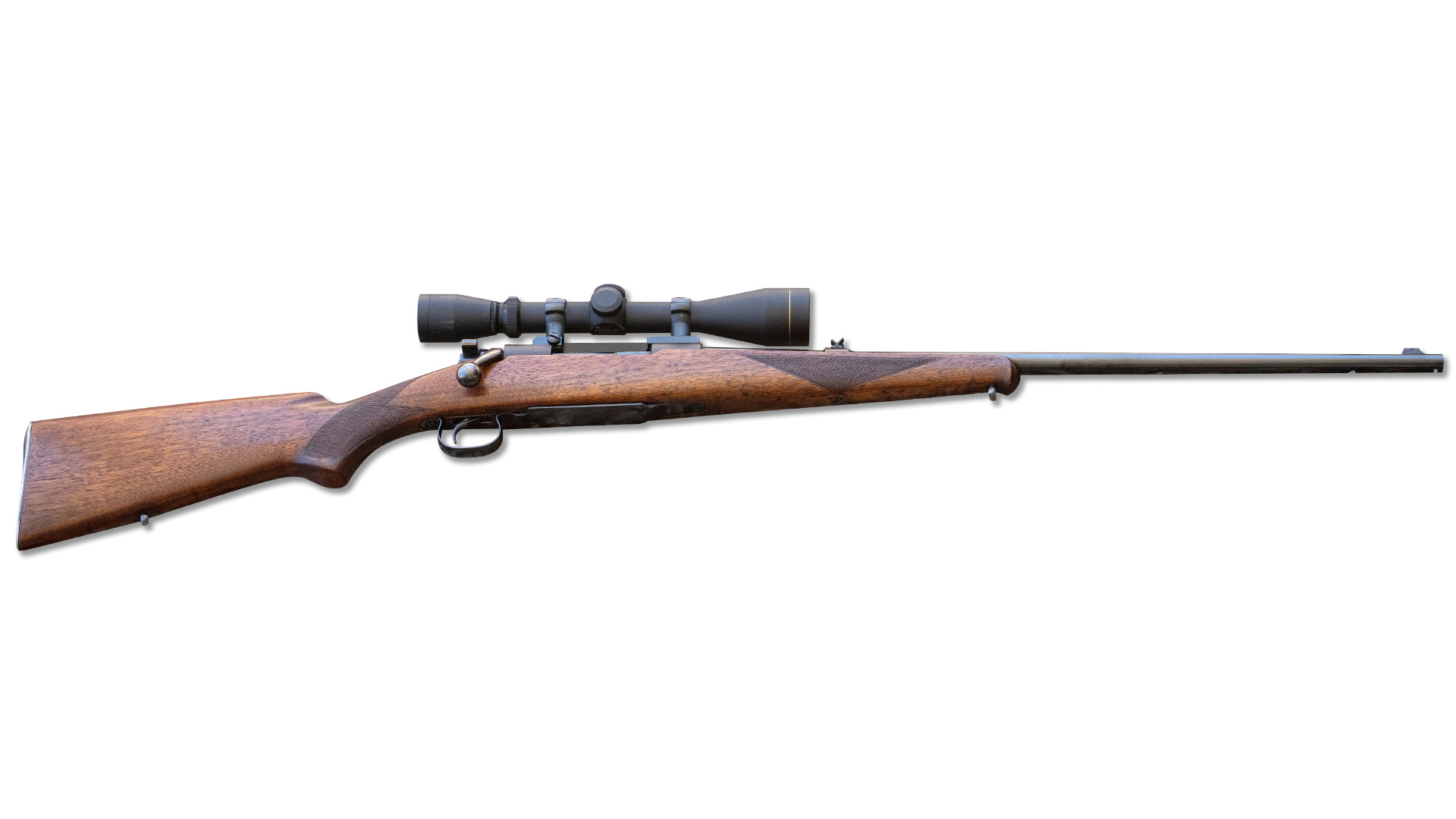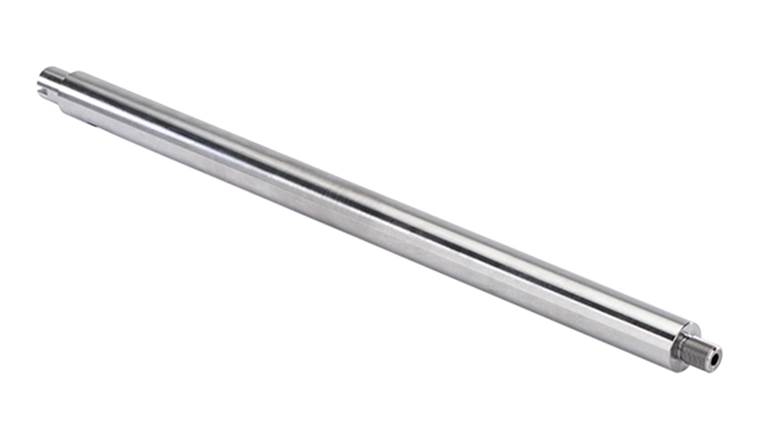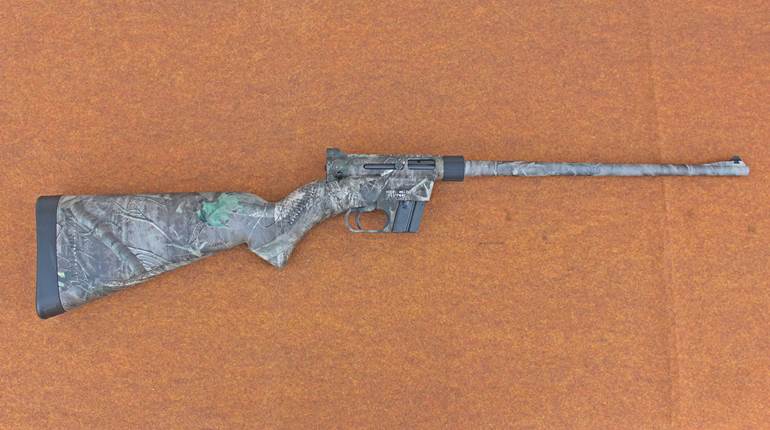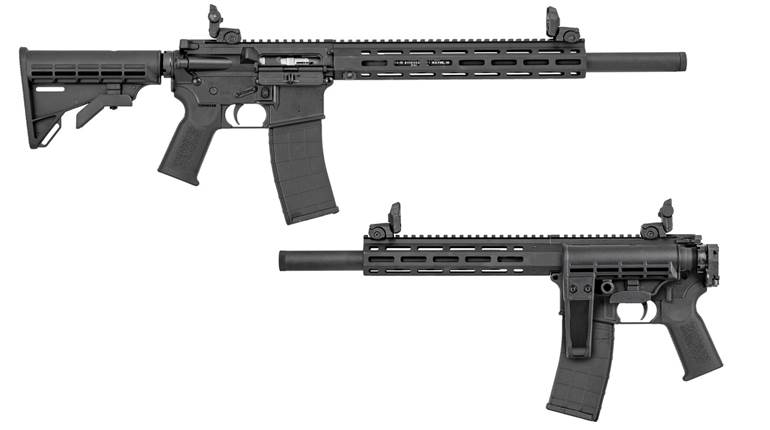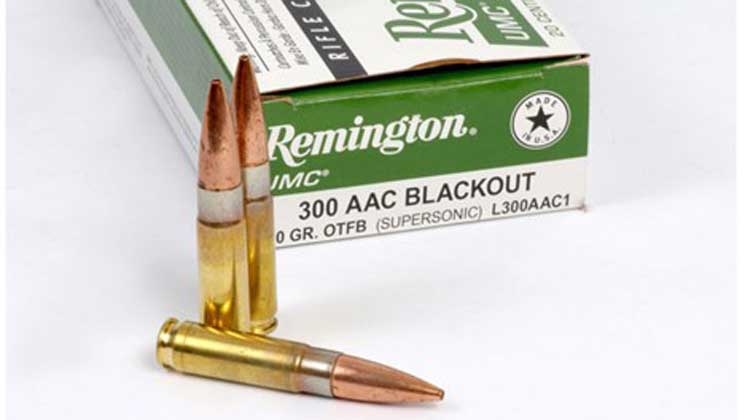
When it comes to the subject of intermediate cartridges, it is pretty tough to replace the current “heavyweight.” This is of course the 5.56x45 mm NATO/.223 Rem. With a voluminous amount of firearms chambered for it, decades of development and refinement of the cartridge, and the solid backing of practically all the major ammunition manufacturers, it is not going anywhere anytime soon.

.
But, can this cartridge be the ultimate one-size-fits-all solution for its intended purpose? Appearing in the early 1960s, the round followed the then-burgeoning concept of the small-caliber/high-velocity (SCHV) cartridge that calls for employing a very light bullet that relies on high velocity and the resultant hydrostatic shock for effectiveness on target. The result was a round that was lower in recoil and lighter in weight than the Soviet 7.62x39 mm (the other significant intermediate cartridge), but also possessed a greater usable range and improved penetrative characteristics on target than its Eastern cousin. So, problem solved, right? Wrong.
As in all things in real life, there is no easy answer regarding the search for a jack-of-all-trades that can do everything for everyone. While the 5.56 had many positive characteristics, it did not excel in on-target effectiveness when compared to rounds with heavier projectiles, can fare very poorly when used in shortened barrels (as it relies so much on speed for its power), and can be difficult to effectively suppress while still retaining sound barrier-busting power.
As a result, numerous cartridges have been developed in an effort to supplement the 5.56 mm. One of the more prominent of these is the 6.8 SPC. The 6.8x43 mm SPC cartridge, initially designed for military applications, has the same rough overall length of the 5.56x45 mm. This allows it to be easily adapted to the dominant AR-15/M16 platform, while offering increased terminal performance through heavier (average bullet weights run roughly from 90 to 120 grains) and larger-diameter projectiles.
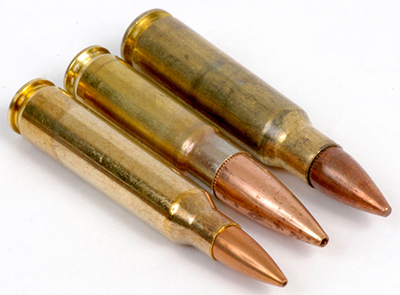
But, although the 6.8 seemed to be running strong for a while there a few years back, teething problems kept it from truly gaining a solid foothold. And with other more uncommon cartridges like the capable Wilson 7.62x40 mm WT cartridge having even more limited mainstream traction, it seemed like the 5.56 would remain the dominant (and seemingly, only) choice for Western shooters. That is, except for one very significant exception.
The Accepted Outsider
In my years of being involved in the firearms industry, I have not seen a “specialized” cartridge seemingly appear out of nowhere and become as broadly (and quickly) accepted as the 300 AAC Blackout (300 BLK). In fact, it passes my personal test for mainstream establishment acceptance of a round—I have found it on the shelves at Wal-Mart.
The 300 BLK offers shooters a cartridge that packs in a relatively heavy .30-caliber projectile into a cartridge that is sized to fit into a 5.56 mm-sized AR-pattern rifle (or similarly sized firearm). While the .300 Whisper blazed the trail on this concept, it was the 300 BLK from Advanced Armament Corporation (AAC) and Remington (which had purchased the successful suppressor company in 2009) that really took hold. As with the 6.8, the 300 BLK was initially born for a military role. In characteristically murky terms, apparently an unnamed special missions unit within the U.S. military wanted a .30-caliber cartridge that would be capable of being easily adapted to AR-pattern firearms, utilizing standard AR-pattern magazines and bolts.

A request for proposal (RFP) was issued for the new round to see what the mad scientists out in the firearms industry could develop. And, as an added layer of complexity on the requirements, the RFP proposed that the round be developed in both sub-sonic (for suppressed use) as well as supersonic loadings. AAC took the challenge, and the 300 BLK was born. 
The new cartridge, measuring in with dimensions of 7.62x35 mm, took some notable cues from the 5.56x45 mm cartridge to ensure the required adaptability of the round to the AR-15/M16 platform. Due to its rim dimensions and tapered shape, the 300 BLK could function with a standard 5.56 NATO bolt and standard 5.56 magazine. The result was a cartridge that could be easily adapted to an AR-pattern firearm primarily through the switch of a barrel. Sounds good so far, right? Well, has the 300 BLK in fact become what we should term a “mainstream cartridge”? For one thing, the cartridge is a Sporting Arms and Ammunition Manufacturers’ Institute (SAAMI) standard cartridge. As an experiment, I did a quick search on MidwayUSA.com to see how many brands and loads of 300 BLK were available. There were affordable FMJs, high-end hollow-point hunting rounds, subsonic and supersonic offerings, and a wide range of manufacturers represented in just this one, simple search. If you want ammo to feed your 300 BLK rifle, you will have little trouble locating just what you need. Try that same experiment with the .25-45 Sharps … .
And, as further proof of the popularity of the 300 BLK, you can easily get reloading components such as cases, bullets, dies and even bullet molds. If you want to fine-tune a specific load for your needs (a suppressed load, a deer round, a sub-MOA supersonic round, etc.), you can easily develop it. 
In addition to ammunition offerings, a lot of major players in the firearm manufacturing community have come on board as well. Obviously, many of these offerings are AR-based firearms as the whole conceptual underpinning of the cartridge was based on the round working with that design. As a result, it was relatively easy for gun builders to adapt their 5.56 AR designs to the new cartridge.

The FN 15 Tactical in 300 BLK is a good example of a well-appointed AR-pattern rifle in this chambering from a top-tier manufacturer.
High-end manufacturer Wilson Combat offers its Recon Tactical in the 300 BLK chambering.
During my research for this article, I discovered that many, many companies have 300 BLK offerings. Just some of these range from (but are not limited to) AAC to FN to Stag Arms to Wilson Combat, all offering high-quality AR-style firearms in this cartridge. 
In addition to AR-pattern rifles, the 300 BLK is also available in other types of firearms such as this bolt-action Remington Model 700 SPS Tactical.
And there are also bolt-action offerings like the Remington Model 700 SPS Tactical chambered in this cartridge for someone looking for something a little different. 
While it offers rifles in 300 BLK, Rock River Arms also offers a pistol version of its PDS in this interesting chambering.
In addition, some companies such as Rock River Arms offer both rifle and pistol AR variants chambered in this cartridge. And, if you are looking for a next-generation platform to fire the 300 BLK, then you have advanced options like the Sig Sauer MCX.
For those looking for something advanced beyond the tried-and-true AR, the Sig Sauer MCX gives you a next-gen option for your next 300 BLK.
Here To Stay
So, is the 300 BLK a flash in the pan, or is it here to stay? I think it is safe to say the latter. With so much industry support behind the round, positive response from the consumer market (and I suspect from the military community as well) and so much room for growth, the 300 BLK likely has a long life of use ahead of it. If you want a round that expands beyond the capabilities of the 5.56 mm and has some serious staying power, then take a look at the 300 AAC Blackout.












